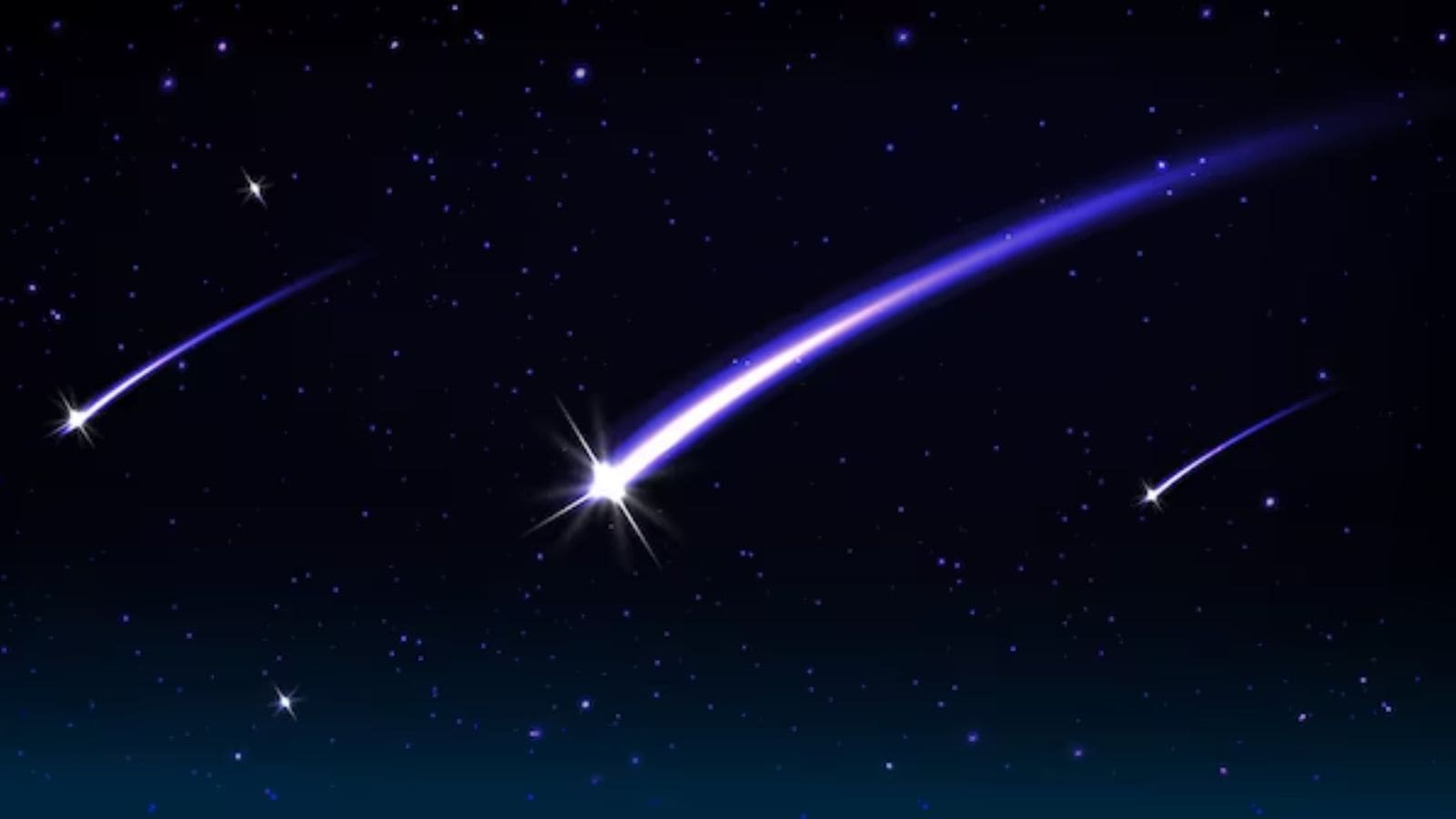If you’re someone who loves a good sky show, mark your calendars for July 29 and 30. This week, the night sky has something magical in store: twin meteor showers- the Southern Delta Aquariids and the Alpha Capricornids will be peaking at the same time, offering a rare double treat.
What’s happening in the Sky?
As July comes to an end, these two meteor showers will light up the night in a stunning cosmic coincidence. Astronomers are predicting at least 25 meteors per hour i.e nearly one every couple of minutes.
While meteor showers aren’t uncommon (there are over 900 every year), having two peaks together is rare. Additionally, with the moon only about 27 per cent full, its dim light won’t interfere much making the meteors more visible.
“This is just an amazing coincidence,” says Nicholas Moskovitz, a planetary astronomer at Lowell Observatory in Arizona was quoted as saying by space.com. “Almost all meteor showers peak in the early morning hours between 2 and 4 a.m., so your best chance to catch them is after midnight, ideally around 3 a.m.”
Where do these meteors come from?
Meteor showers are basically nature’s fireworks, caused when Earth passes through trails of debris left behind by comets. Southern Delta Aquariids come from Comet 96P/Machholz, which orbits the Sun every five years. On the other hand, Alpha Capricornids are produced by Comet 169P/NEAT, discovered in 2002. This one swings by the Sun every 4.2 years.
As Earth crosses their paths, tiny bits of comet dust burn up in our atmosphere, creating the bright streaks we see as meteors or “shooting stars.”
When and where should you watch?
The double meteor shower will peak in the early hours of July 30, but you can still catch it before and after, especially through July 31. In fact, the meteor showers will continue to be active until August 12, though the best display will be around the end of July.
While the Southern Hemisphere gets the best view with constellations Aquarius and Capricornus gleaming their skies, viewers in India and other Northern Hemisphere regions can still get a good show, especially if you look toward the southern horizon.
Story continues below this ad
Here’s what you need to do:
Time it right: Head out after midnight, with 2 a.m. to 4 a.m. being the perfect hours.
Find a dark place: Rural areas or rooftops with minimal light pollution are ideal.
No equipment needed: No telescopes or binoculars required.
A sky show worth staying up for
Even if clouds come over, don’t worry. These showers last more than a week, so there’s still time to catch them. Just step out before dawn and soak in the quiet wonder of the night sky.
(This article has been curated by Kaashvi Khubyani, who is an intern with The Indian Express.)

